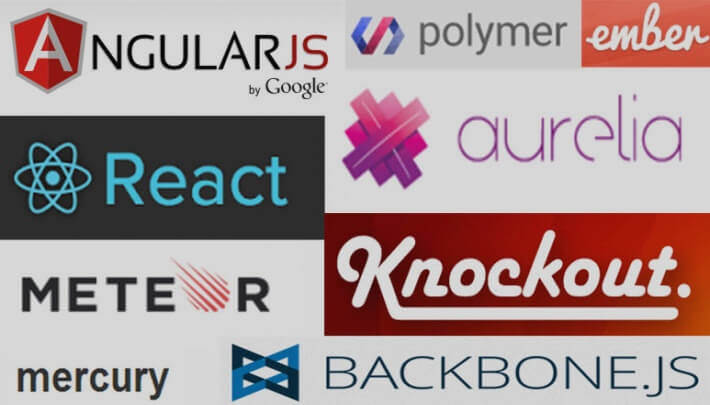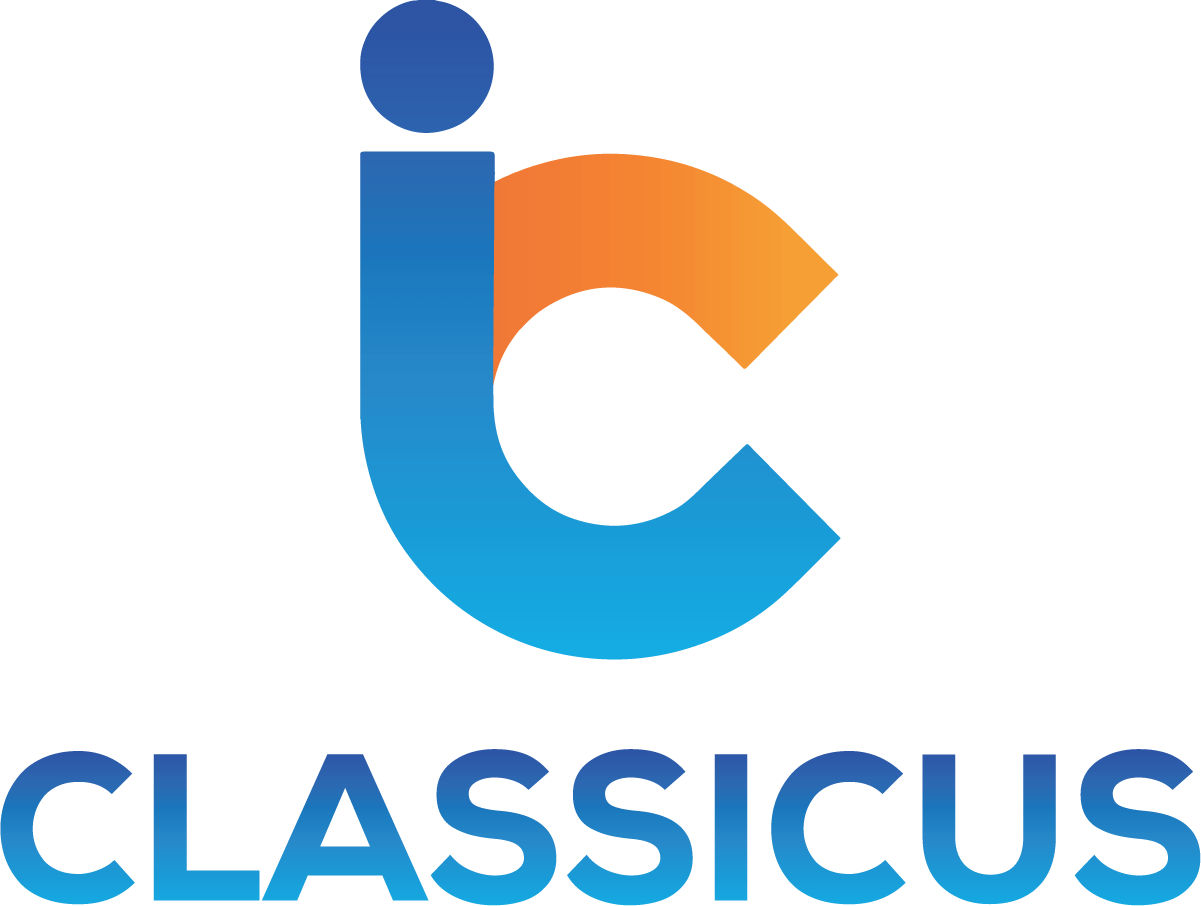
AngularJS
AngularJS is open-source web application development framework introduced in 2009 by Google.
AngualrJS is for dynamic web apps what HTML is for static web pages. It basically extends HMTL, and offers extremely robust features, such as deep linking and client side form validation, without the requirement of additional JavaScript code.
ReactJS
ReactJS is a beautiful JavaScript framework released in 2013 by Instagram and Facebook. Once you have brought the eyebrows down, take a look at features.
This JS framework allows you to build complicated and large-scale dynamic apps with ease. How much ease? We’re talking first-class rendering of high-performing (and complicated) UIs. It does put the V in MVC.
Ember
Ember’s following will be reaching occult levels soon.
This is one of the more popular MVC JavaScript frameworks. It was initially released in 2011 as open source JS framework. You can develop rich and interactive web applications with ease.
In the field of two-way data binding, Ember scores just as well as Angular. The Handlebar automated real-time updates are such a nice touch. It also does a top-notch job at server-side DOM rendering (Fastboot.js module): the same module used by Facebook’s React.
BackboneJS
BackboneJS is used by Walmart, Pinterest, Twitter, Hulu, Pandora Radio, etc.
This is one very aptly named framework. You strip all the bells-and-whistles from popular JS frameworks and you get Backbone. It’s short and simple, not to mention one of the best frameworks for single page web apps you can find.
It has no two-way bindings and you will probably have to throw yourself into exhaustive research if you choose this stripped-bare tool to develop a large/ complex app. The framework itself weighs 20kb, but adding dependencies from other libraries will obviously add to the size.
Backbone will remind you a lot of jQuery, with its huge community and many, many plugins and extensions.
KnockoutJS
KnockoutJS is a great open-source JavaScript Framework that works with MVVM model. It is developed on plain JavaScript, without any external dependencies.
It is cute and lightweight. It is especially proficient at data binding. It’s easy to use and get started.
Skel
Skel is a clean JavaScript framework.
It is ideal for building web applications and responsive websites. It comes with a CSS grid system, breakpoints, and offers some fantastic features, such as API functions and normalization of browser styles.
That’s pretty neat for a framework whose name apparently meant ‘criminal’ back in the 40’s.
Meteor.js
MeteorJS offers all the features that any developer needs for front-end rendering, back-end development, and database management.
This framework gives you flexibility and tools to create fully-functional production apps.
The server side packages work in the node.js, so you don’t need anything but MeteorJS packages to open the database. Modifications in the database are imitated back on the UI without the confusion between different languages.
Polymer.js
PolymerJS was released in 2013 by Google.
It uses the concept of web components with an objective to extend HTML capabilities. If that reminds you of Angular, it’s intentional.
Polymer gives superpowers and structure to custom HTML elements.
Aurelia.Js
AureliaJS is a next-gen JS framework for mobile and web applications.
The best thing about Aurelia is that it is highly modularized and packs quite a few independent smaller libraries.
Developers can take their pick from those libraries to create their own customized framework.
Vue.js
Vue.js is new. And it is gaining popularity among the web developers.
This framework works with MVVM design paradigm. It has data–reactive components with easy and compatible API.
Vue is leveraged by AngularJS, ReactJS, and other advanced frameworks.


